Research
Training activation patterns in acute stroke with electromyography Serious Games
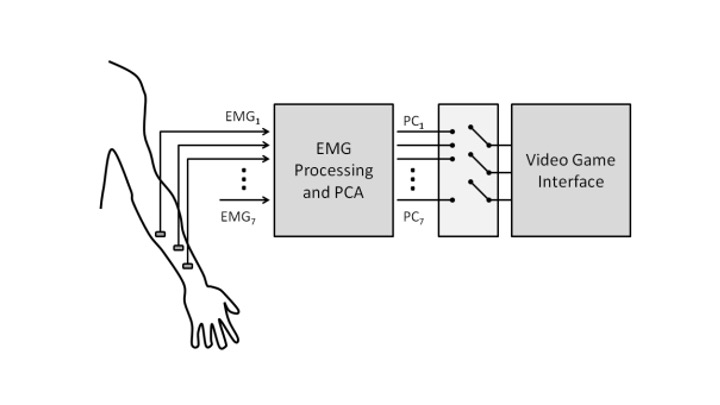
Michael Clark
Roughly two-thirds of the 7 million stroke survivors in the US suffer from sensorimotor impairment. Traditional rehabilitation programs address this problem by trying to encourage limb movement, however, they are unable to address the underlying electrical activation patterns that coordinate limb movement. This research tests the feasibility of monitoring the electrical activity of muscles (EMG) in the arms as an indicator of a patient’s progression in therapy. In addition, the research uses a Serious Games interface that will allow patients to play games using EMG sensors in hopes that by learning how to control their activation patterns patients will be able to relearn the nerve connections that are responsible for limb movement.
Targeted Brain and Muscle Feedback for Hand Recovery
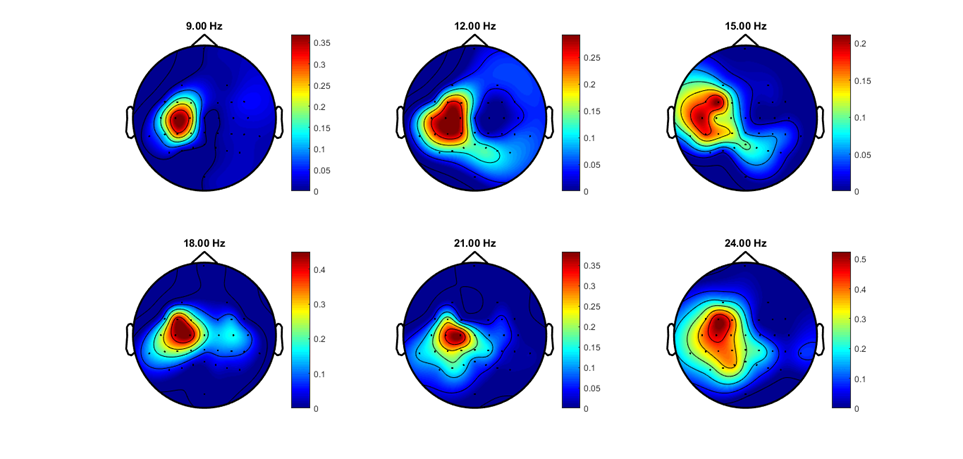
James Ailsworth
An estimated 40-60% of stroke survivors experience chronic upper extremity impairment that affects their independence and quality of life. As a result of abnormal neural firing patterns in the central and peripheral nervous systems, stroke survivors experience difficulty initiating, performing, and terminating movements. This research aims to investigate a novel therapy that will combine bio-feedback from the brain (EEG) and muscle (EMG) signals to control a soft, actuated hand orthosis to promote movement recovery.
Biomechanics of Hand Dysfunction in Children with Cerebral Palsy
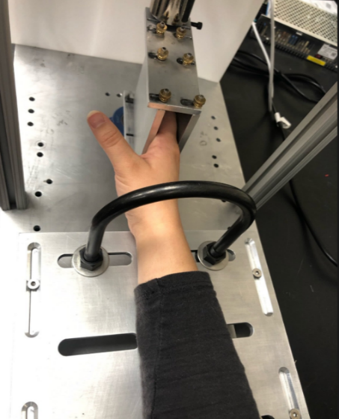
Miranda Ludovice
Cerebral palsy is the most common pediatric motor disorder. The most prevalent subtype, hemiplegic cerebral palsy (HCP), is characterized by sensorimotor dysfunction on one side of the body, especially in the hand. Hand weakness can negatively impact educational opportunities, participation in daily activities, future job prospects, and self-esteem. Unfortunately, the underlying physiological causes of this weakness are not well understood. Possible contributors to muscle weakness in CP include a diminished ability to voluntarily excite the muscles, excessive co-activation of antagonists, and altered muscle morphology. The goal of this research is to determine the relative contributions of these impairment mechanisms to observed weakness in children with HCP. These will be assessed using a custom jig to measure spasticity, ultrasonography, electromyography (EMG), and functional electrical stimulation.
Portable, Soft Robotic glove for Rehabilitation (X-Glove)
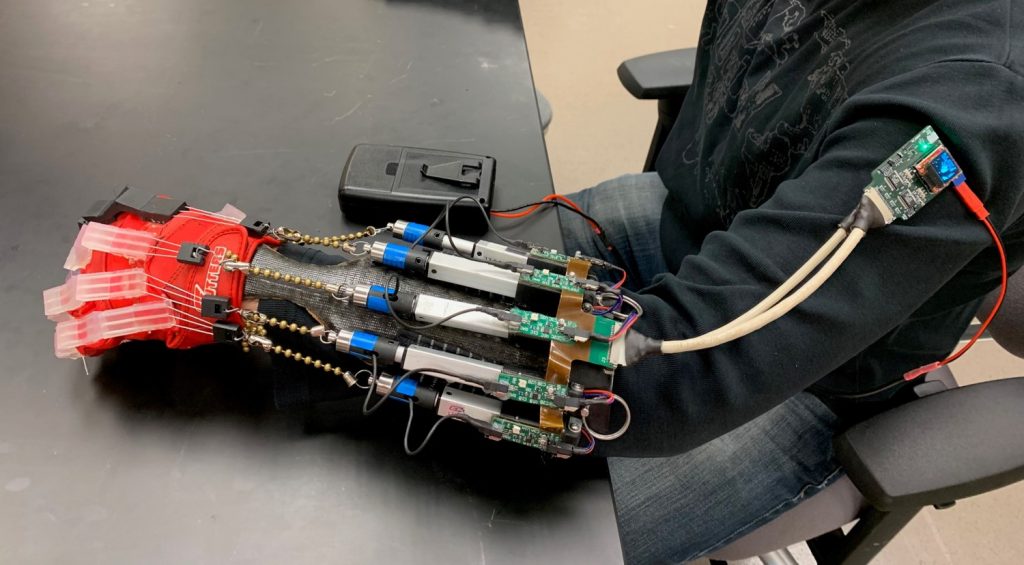
Mohammad Ghassemi
The X-Glove is an assistive device for individual finger actuation. This actuated device can be controlled with force feedback and muscle activation. Extension and flexion assistance can be applied to each finger independently.
Wireless communication allows for remote control and data storage. These capabilities form the base of on-the-go control of the device using a smartphone, integration of device to virtual reality for home therapy, and data collection for further analysis.
Cerebral Palsy Finger Individuation
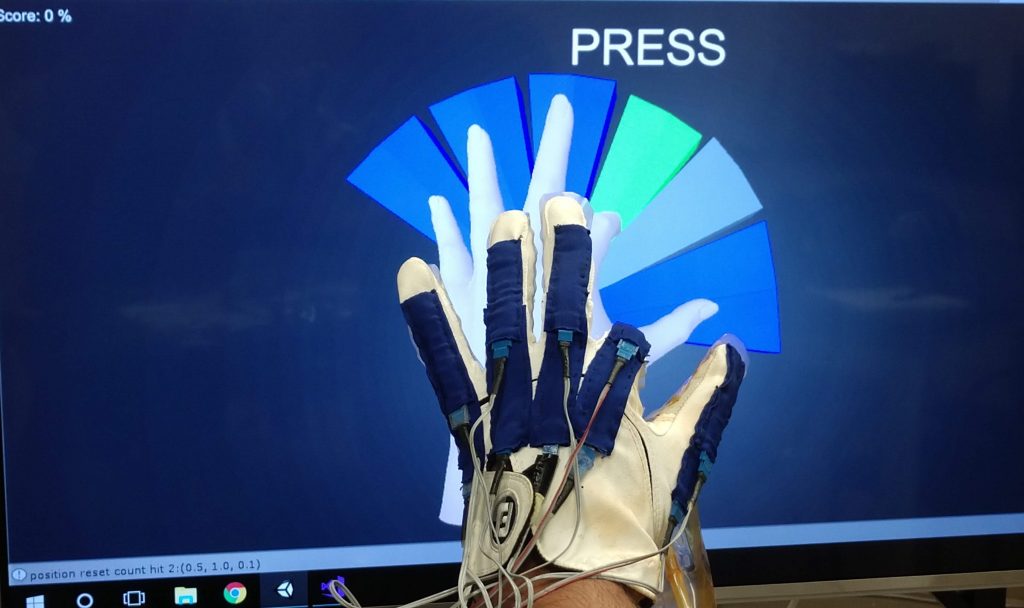
James McCall
The ability to independently move and generate force is a critical aspect of hand function. Hand function is frequently impaired in children with cerebral palsy but finger individuation in this population is understudied. The goal of this project is to characterize finger individuation in children with hemiplegic cerebral palsy and typically developing children by assessing finger movement and force production and assessing the contribution of different regions of the brain to this aspect of hand function using transcranial magnetic stimulation. Lastly, finger individuation will be trained in children with hemiplegic cerebral palsy using a pneumatically actuated glove which can assist in finger extension. The uses for this device range from whole hand tasks involving gross grasping techniques to more intricate tasks such as fine pinch involving individuation of the fingers. It is used in live occupational therapy sessions as well as our virtual reality environments.
Multi-user Virtual Reality System for home-based therapy
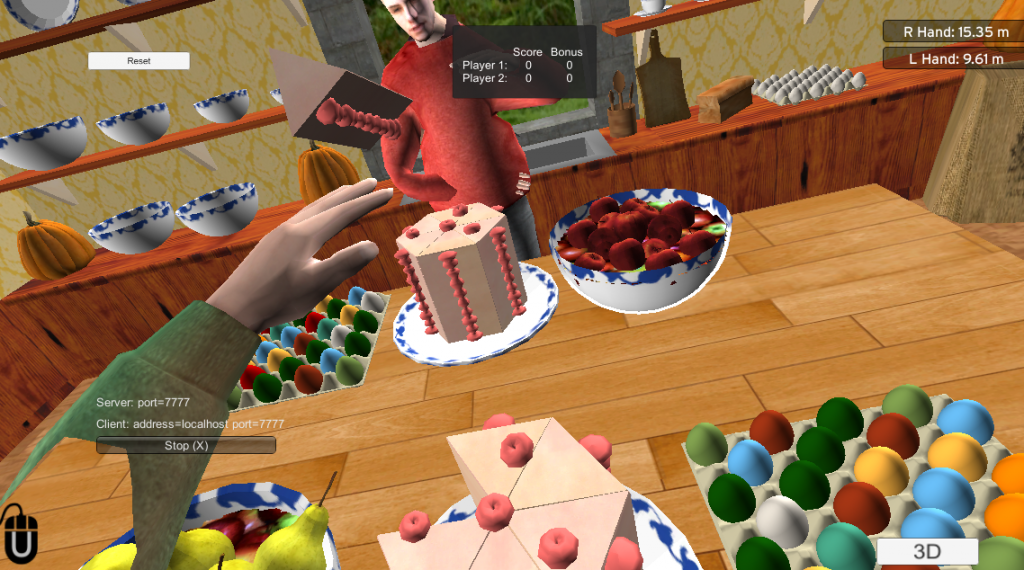
Alex Sprague
The goal of this project is to create an enjoyable method of at-home hand rehabilitation to increase stroke survivors’ motivation to engage in rehab. This project will put users in a virtual reality environment to compete against each other in food fighting, ball rolling, and motion mimicking games. These games will train the brain by requiring the user to practice skilled hand movements to speed up the recovery process.
Optimization of Wearable Robotics
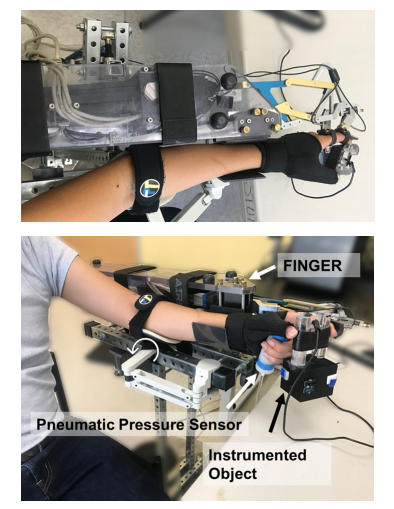
Quentin Sanders
In my previous work, I focused on addressing the question “How do we optimize the usage of wearable robotic technologies for hand rehabilitation after stroke?” I demonstrated that progress in answering this question can be made by considering three key areas: usership patterns of wearable hand sensing technology in real-world settings, sensory and motor control of the hand after stroke, and the mechanical design and intuitive control of wearable soft robotic technologies for the hand. Currently, I am interested in exploring the role that tactile sensation plays in the motor function of the hand, particularly in those who have suffered from neurological conditions such as Stroke.